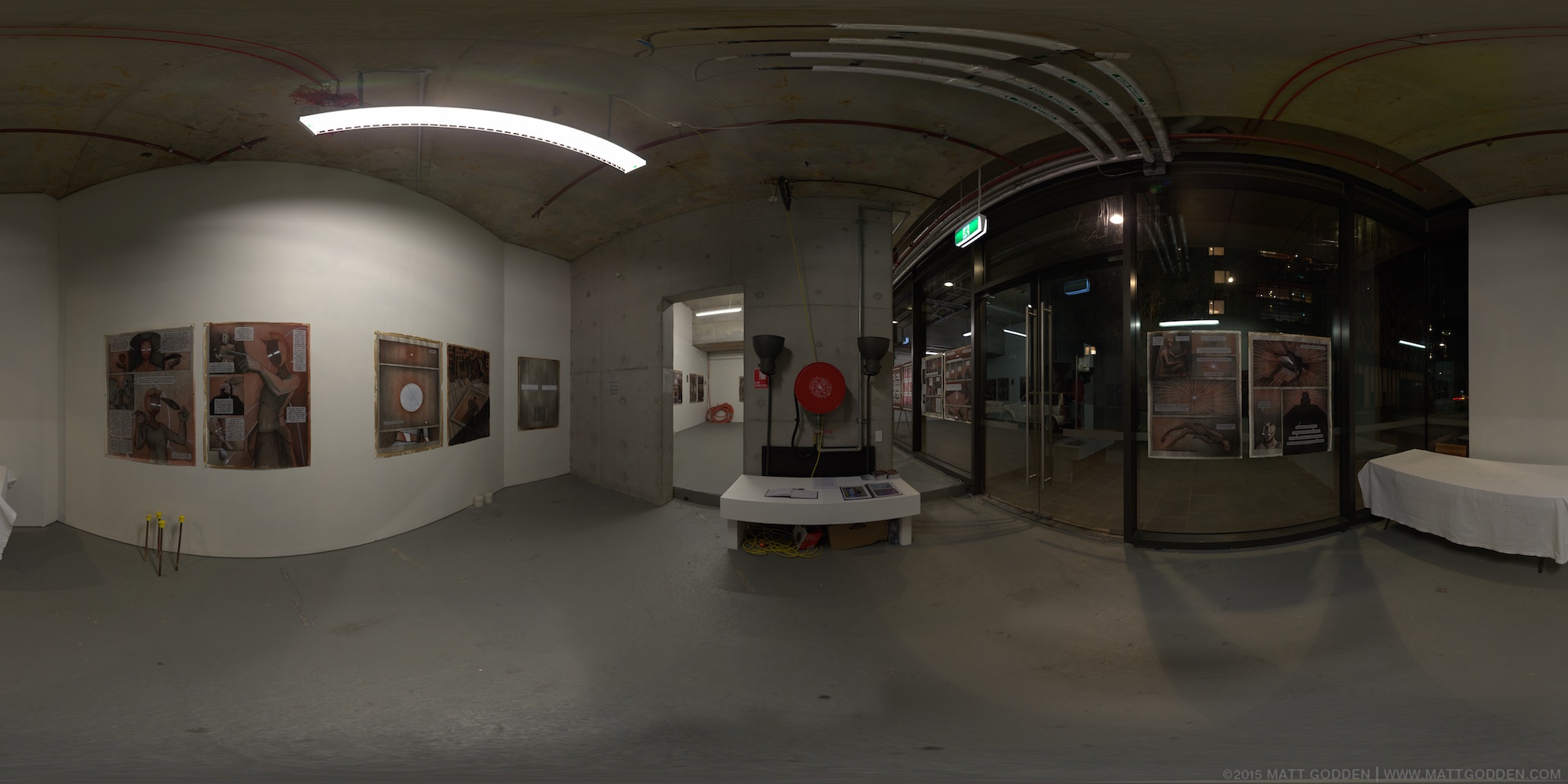One of the changes that’s come in with the move to Mac OS X 10.6 Snow Leopard is the depreciation of Appletalk as a protocol. Despite not really being used too much on modern Macs, it has kept a whole generation of older printers running, usually with adapter dongles by companies like Asante. These bridge from Ethernet to Localtalk cabling, and allow the printer to be accessed from any other Mac on the network.
Another solution was to run a piece of software called Localtalk Bridge on an old Classic Mac OS machine (Mac OS 9 and earlier) that has both serial and ethernet ports. I found this solution had one advantage over the Asante dongle – it would stand up to large amounts of data. The Asante solution seemed to freeze up and stop responding if you sent enough graphically intensive print jobs to it. I’m assuming that it might be something to do with being unable to spit data out over the Localtalk connection as fast as it comes in over the Ethernet.
In my case, the machine doing the localtalk bridge was a first generation PowerMac 7100, running System 7.5.5, and set to load Localtalk Bridge on boot. So printing was a matter of boot the 7100 from its keyboard, wait a minute, print, then shut down by pressing the keyboard power button again, and hitting Return when you hear the beep. It was run essentially headless, connected up from its AV card s-video to composite connector, then to the video-in on a VCR (where it could be seen by hitting the AV button on the VCR remote), which acts as the broadcast TV receiver on my little studio TV.
It’s a ridiculously Rube Goldbergian printing setup.
So, when the new Mac Mini arrived with Snow Leopard, replacing the previous final generation PowerPC Mac Mini as my main machine, I was wondering how to keep my printer running. Digging through my random cable drawer, which is kindof like the Flying Spaghetti Monster mixed with The Terminator, I found one of those random cables that give you a “what the fuck is this for” moment – a USB to Parallel printer cable.
Now, I assumed this wouldn’t work. It seems so counter-intuitive that a printer which is almost old enough to engage in consensual sex would work with a brand new OS, using a connector on the computer’s end that was a science fiction idea when the printer was released, and a connector on the printer’s end that has never been used on a Mac.
I plugged the cable in, opened the Print & Fax prefpane, hit the “+” button, and there it is. Standard couple of click set up, and it’s there, custom icon and all the printing settings available.
It works. Perfectly.
So, now the old PowerMac 7100/66 AV, the first computer I owned after an Amiga 500, is finished. All that remains is for it to be wiped and taken to Anchorhead Reverse Garbage, along with the old 17″ Sony CRT that was bought with it.
If this article was of use, a donation would help support my projects.
